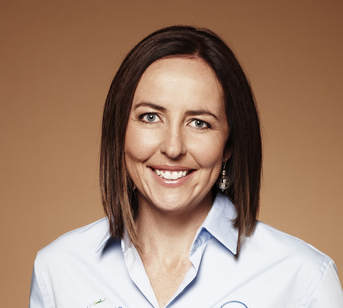
She is Australia’s netball sweetheart; she has played for Australia 122 times and captained the national netball team for 4 years. She is Liz Ellis and besides winning two world championships and two commonwealth games, Liz has another tale to share: a journey to parenthood that was less than smooth.
During attempts to fall pregnant with a second child, Liz was hurtled into secondary infertility, experiencing, first hand, what it is to be a cog in the wheel of IVF treatments, enduring the grief of miscarriages (three). She and her husband went through this for 5 long years. Liz understands this journey well and she knows how much a woman can yearn for a child, be it their first second or seventh. Today, as a parent to two beautiful children Liz can look back on the 5 years it took to get here and know that this has changed her irrevocably and she is passionate about sharing all she learned with others. So much so that she Liz embarked on a book, If At First You Don’t Conceive, which offers a beacon of light as it guides other women and their partners struggling through the funnel of fertility challenges. The beauty of her book is Liz not only tackles IVF- she recognises there are other paths women and men can take and she includes these in her book too. In this episode, Liz pleads with women to, ‘engage with your own fertility. Be the driving force and be empowered about your own journey’. Have a listen to what she has to say. Then go out and buy her book. It’s worth it. (In listening to this podcast, please note there is her small child in the background.) Author and Podcast Producer: Kimberley Lipschus
0 Comments
Mothers in Business - the first years is the topic of our show today, we are excited to have two gorgeous mothers from our local community here in the Northern Rivers of NSW, Meggie Danielson & Alona Rosenberg of WeMove studio in Mullumbimby and many more adventures! Well looking into the life of mothers over a series of 6 shows in the coming year and this episode here is our first. We wanted to look at the joys and challenges of being a mother and small business owner servicing the local community. We’re also in the business of celebrating women and acknowledging the unique needs & desires mothers have for themselves, their families and communities here at PBB. Wonderful today, both our guests migrated to Australia and have chosen our beautiful shire as the place to raise their children.
Alona was born in Tel Aviv, Israel and graduated from the renowned Thelma Yelin Performance and Arts School and also has a BA in Design and Psychology from the Open University. She has worked as an independent artist, dancer and choreographer in Australia as well as in Israel. From 2012- 2015 Alona worked with the Yasmin Goder Company and is an avid fan of the Ohad Naharin Gaga technique. Alona was part of the Dirty Feet collective in Sydney ( 2009- 2011) and participated in different site-specific dance works including: ‘The fish that swam against the current’ that was co choreographed with Shira Aviatar in 2012. She also worked alongside Elizabeth Ryan as a teacher for kids at ‘Big Steps Little Feet’ in Sydney. Since moving to Mullumbimby in 2016 Alona has worked with Kimberly Mcintyre in her choreography projects. She is a passionate movement teacher, performer and co-founder of the WeMove Dance and Movement Studio, Mullumbimby
There has been a resurgence of women’s agency and the value of women individually and as part of society. We have been watching as this unfolds, unfurls and sometimes becomes undone. We have been watching it in the media, around the world in different countries and in our own lives, with our women friends, women in our family and women around us in the community. We have been watching it unravel with in us, too. It can feel uncomfortable, empowering, inspiring dangerous.. Women have been silent in so many many ways for so many centuries. In fact, Dr Amanda Furman who wrote and presented a groundbreaking 4-part series on the history of women called - The Ascent of Woman delves deeply into the place of women in society over the course of written history. She argues that the status of women is a barometer of a society’s tolerance, fairness and openness and that for the most part over the past 10,000 years women have been oppressed, denied basic freedoms and considered a means to an end - though not always. There have been times where women have had equal rights, ruled and been revered for their contributions.
In this episode we are talking about Women and the value of sitting together in Circle. We have been watching as the modern movement of Feminism evolves and matures to become one that recognises women for their own capacities, rather than merely hoping for women to receive the same ‘deal’ that men have. Sitting in Circle with other women supports us to recognise where we are at, where we have been and where we are headed. It affords us the much needed support and empowerment and sustains us along the journey. It helps set us free from self judgement and fosters in us, compassion for others. For many women the practice of gathering has stayed alive and strong throughout history, and for some, it is a new concept, one they are rediscovering. Join us is celebrating this beautiful tradition! Listen to the Podcast:
|
Circles and Stones
Look up 'Circle of Stones' on your preferred search engine and you will find numerous images dating back thousands of years all the through till today. From large 2ton stones gathered into a circle at a time when humans had no mechanical machines, to small pebbles collected at the beach or a stream and sacredly placed at an alter. Stones have been used since the dawn of human time to depict clarity, grounded truth, a holding space. Intentionally placing stones in the shape of a circle allows whatever is intended in the space to flow around, to move, to actualise.
For more insight into women's circle, Judith Duerk's book Circle of Stones is a wonderful place to start. |
The Ascent of Woman
|
Dr Amanda Foreman's critically acclaimed 4-part series delving into the history of women over the past 10,000 years (trailer to the left) originally created for BBC 2, is available on Netflix. The series looks at the amazing history of women and their plight for equal rights, access to power, freedom of movement & the right to self-determination.
The modern world was made by men, and, women. It is now time to recognise the value of women's contribution and the imapct they have. |
PBB Media
Producer & Host: Annalee Atia
Interviewee: Vanessa Wood
Music bite on this podcast: Habanot Nechama / Lovers
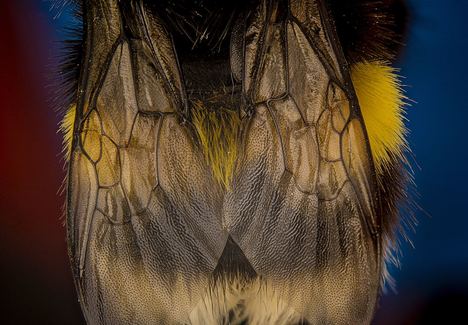 Photo by paul morris on Unsplash
Photo by paul morris on Unsplash
She made broken look beautiful and strong look invincible.
She walked with the universe on her shoulders and made them look like a pair of wings.
- Ariana Dancu
So on this day of all days we rise up to celebrate women of all kinds, and inclusivity. We celebrate the gift of life women offer every person on this planet; we celebrate women born as women (and of women); we celebrate those who became whole when they became women; we celebrate the feminine, the giving, the generous and the ones who carry strength as if they were invincible and bear their universe like a pair of wings.
You may ask about the sentence above - ‘women who became whole when they became women.’ Sounds like an odd thing to say. Want to know why? Let us tell a short story.
At nineteen, when most teenagers are experimenting with self, testing boundaries and expressing sexuality, Kate Speedy, found herself suppressing her sexuality as if her life depended on it. Why? Because she had found out that her father was embarking on life as woman and it threw her world into disarray, come what may.
Twenty years ago, Speedy had no benchmark to take in such news, no support, just isolation and shame. She had to learn to negotiate the emotional terrain that threatened to upend her life. In 1998 the word, ‘trannie’ was hissed at the statuesque, parodies of women-hood who’d frequent certain dim lit areas of any given city. Women with stilt like legs which were the envy of most other women; women who’s fake eyelashes were
so long they shadowed their perfectly tweezered brows; women with talon-like nails who weren’t afraid to use them, if just to survive a life of ridicule; and women with witty word plays for names.
Today we know this to be called gender dysmorphia. Yet increasingly it’s understood that gender is more fluid than this. It can’t be boxed into a medical term, nor pinned like a butterfly into a wooden display cabinet.
Gender exists on a spectrum, on a case-by- case basis and it should never be paired with shame.
There is much more acceptance for people struggling with gender dysmorphia in 2018, yet still today there is also much more work to be done.
That is why today, on the International Woman’s Day, 2018 we too #pressforprogress as we celebrate women-hood in all it’s incarnations, for not all are born women but become them. Inclusivity. We celebrate you Kate Speedy, for speaking about your experience, but we also celebrate your father, Helen and raise a glass to her on this day.
If you’d like to listen Kate Speedy describe her journey of discovery and her father’s transition to become Helen, click on the podcast link below.
If anything in this podcast challenges you or someone in your life go to:
http://www.transcendsupport.com.au/
https://au.reachout.com/articles/lgbtqi-support- services
http://www.genderhelpforparents.com.au/
And other great resources are in this blog post on our first show on gender diversity.
Since the recording of this interview, we acknowledge the these broadcasting guidelines regarding gender diversity language.
- Kimberley Lipschus
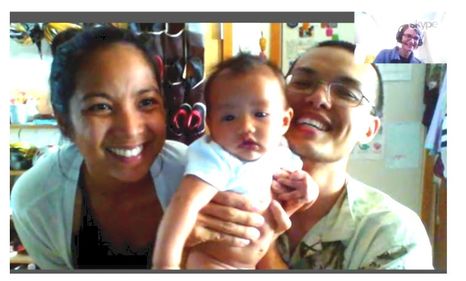 Grace and Ritchie with their third child
Grace and Ritchie with their third child
But this experience didn't just drop into Grace's hands. Her two previous births were extremely challenging, leaving her with huge doubts about herself and her body's ability to give birth. With this pregnancy, Grace focused on nourishing herself physically, finding continuity of care that would suit her and her family's needs, and perhaps most importantly - address her emotional fears, as you'll hear in this podcast.
- "As Long as the Baby is Healthy" Part 1
- "As Long as the Baby is Healthy" - Part 2
- "Midwife - with woman"
- "The Benefits of Midwife-led Continuity of Care"
And if you'd like to hear my first ever interview with Ritchie former US Navy officer turned student midwife and father of three, it's right here.
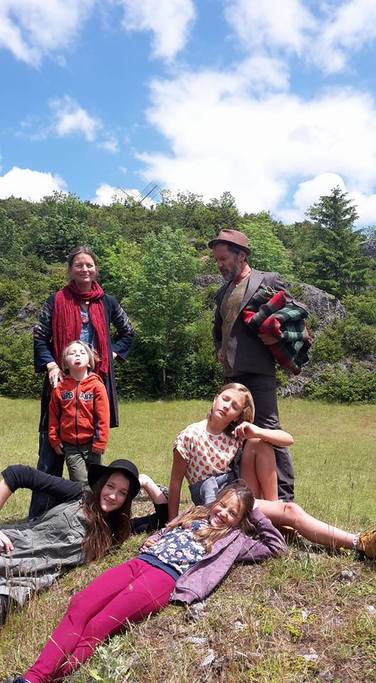
This episode of Pregnancy Birth and Beyond we climb that mountain with our guest Taneal Cadou-Blake. Taneal and her family recently returned to their home town of Byron Bay, Australia, after three and a half years of travel and living abroad. We hear how Taneal, her husband Lalo and their four youngest children packed up all their belongings, took the plunge and set off abroad on a family adventure.
With one backpack each the Cadou-Blake family set off to discover a life full of wonder and beauty across Asia and Europe. You might think it costs a lot of money to travel, especially with four children, however, this family with it's roots in gypsy life show us that even on a shoe-string budget travel is possible.
Taneal shares with us some extended travel tips, kids education and a different kind of education and some unexpected but happy surprises along the way.
Author
This episode and blog post of Pregnancy Birth and Beyond show was produced and hosted by Lara Martin with co-host Sally Cusack.
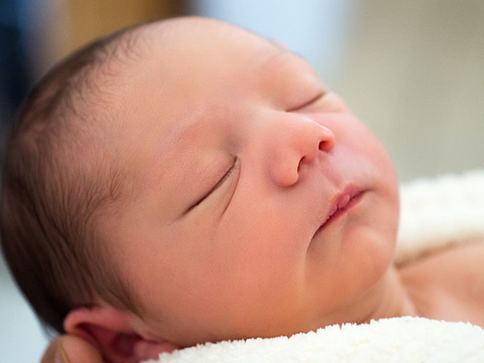 Image credit: Photo by Jake Peterson on Unsplash
Image credit: Photo by Jake Peterson on Unsplash
A big claim, but whenever she puts her back out, when she was struggling with fertility issues, when her baby was well overdue and not well positioned in utero, craniosacral therapy (CST) keeps delivering results. "They were treating inflammation in my body... and I have two children now" says Kimberley. It wasn't the only therapy she used during this period, but she credits the results in large part to CST. She also believes it allowed her to have a vaginal birth after caesarean (VBAC) for her second birth. "And it's so gentle, you can hardly feel their manipulations."
So, I was keen to know more.
Chris Teale, Craniosacral therapist and Physiotherapist explains in this new podcast how CST works, and how a crucial aspect of this modality is its holistic approach in which a person's emotional state is considered, as well as their physical issues. This can be particularly powerful for unsettled, colicky, refluxy babies. Through her career Chris has treated about 1000 babies and has come to see how many of these babies are suffering from birth trauma, either from a medicalised birth, but also from unmedicalised births, which might have been very quick, or very long.
CST is an osteopathic technique developed initially by the father of Osteopathy, Andrew Still in the late 1880's who discovered through personal experimentation that our cranial bones do not fuse in adult life, that in fact we keep a certain amount of movement or 'give' in between the cranial sutures. In the 1930's William Sutherland developed CST further, followed by John Upledger, who coined the term "CranioSacral Therapy" in the 1970's when he discovered the link between the membranes in the head, the dura in the spine, which leads all the way down to the sacrum. CST differs to other techniques such as Craniopathy and Sacral Occipital techniques, as it works with the and membranes not just bony structures of the craniosacral system.
There are numerous ways to be trained in CST, but not all craniosacral therapists have foundation training in anatomy prior to their accreditation. If you want to find a therapist with anatomical training as well, such as physiotherapy or osteopathy, one way to find them is via the Upledger Institute website (for your country).
After speaking with Chris, and hearing of Kimberley's experiences with CST, I reckon I'll be off to find a craniosacral therapist next time I have a health issue.
Sally Cusack
 Photo by Wesley Tingey on Unsplash
Photo by Wesley Tingey on Unsplash
The seemingly endless round of school concerts and end of year parties, not to mention the preparations for your family's celebrations, not only leaves us a little flustered, but our babies can really struggle with the constant comings and goings, being held by strangers and general stimulus.
So, our team has put together our top tips for not only surviving, but actually thriving through this period.
- Be choosy with your outings and your visits at home as well. Babies are very easily over stimulated and exhausted, so be conservative in your choice of trips out - and your guests. This approach also reduces the risk of your baby contracting any illness. Generally, a day off in between visits or outings is a good guide if you have a young baby. It's also worth being prepared for an unsettled evening after a busy day.
Stress hormones are found in tears, so, like for all of us, crying will be a key stress release mechanism for your baby as well. When you come home, move to a quiet, dimly lit room together so your baby can recover from an stimulated nervous system. Your baby may want to cry for a while before settling down to a feed, and perhaps a little more crying, before falling asleep. Dr Marion Rose writes extensively on this subject. - Keep your trips away from home to a minimum. Young babies need time to adjust to life on the outside. If you have a newborn baby, consider staying close to home this season. You'll never get these early months back with your child, try to create enough space to enjoy it.
- Well-meaning family members can sometimes be a little too eager with their advice on pretty much anything to do with raising your baby. Practice mindfulness and setting healthy boundaries as your little one meets extended family and friends. This article by Neonatal Paediatrician and grandfather Dr Howard Chilton is helpful reading for grandparents.
- Consider the family rituals and traditions you would like to be part of your family life. Creating family rituals instills a sense of belonging and meaning from an early age. Storyteller Annie Bryant has some wonderful inspiration for your own home at this time of year.
- If you are breastfeeding, allow yourself to enjoy a guilt free drink or two. Check out how many drinks you can have and prepare yourself with information as there is no need to “pump anddump” or not drink at all. Read Jack Newman's advice on breastfeeding and alcohol here. You can also download the Feed Safe app for your smart phone for on hand information.
- If you're partnered, it's important to discuss how the holiday season can be navigated together, with baby’s needs at the centre of the discussions. You may both have different values, ideas and expectations around the festive seasons, family visits and parenting generally. And many adults arrive into parenthood with their own family histories that are complex and triggering around this time of year. The more the two of you are attuned, protective and caring of each other, the more baby is going to feel the safe and secure benefits of your decisions. All of which are important for a baby’s neural integration and overall health.
And if you're needing special help...
- The Australian Breastfeeding Association have a 24 hour helpline to help with feeding and settling issues on 1300 686 268.
- Dr Robyn Thompson shares her decades of experience with supporting new mothers with breastfeedings issues for free here.
- The Australian government's Health Direct service "Pregnancy Birth and Baby" have a 24 hour hotline for parents on ph 1800 882 436.
The need for foster carers is colossal and growing. Children entering the foster system far outstrip the amount of carers able to house them. Carers often get told they are ‘angels’, or an ‘inspiration’.
‘I wish I could do what you do.’ people say.
‘You could.’ They answer.
Still, in society such as ours, which upholds love, belonging and family to the degree we do, numbers of carers are shamefully lower than they should be. Perhaps this is due to limited understanding about foster care itself. For example did you know there are many ways to become a foster carer?
There is such a thing as respite foster care and this lesser known cousin of foster care offers multitudes of avenues to help young people in need of homes, and in need of care.
The length of the stay can vary wildly- a respite career may offer only emergency respite care, if there has been a placement breakdown. This may be only a few days or a bit longer. Alternatively a respite carer may decide short term respite care is for them - and this could also be a few days, or be over a weekend or for a month, for as many years as you’d like.
In terms of foster care, if there is a will, there is a way.
In this podcast you can find out more about foster care, including respite foster care from our guest Chelsea.
If you think you’d like to explore respite foster caring, and would like to find out more, you can contact:
http://canifoster.com.au/ or call any foster agency in your region.
Shop around. It’s worth it.
Changing a young person’s life could possibly be the most rewarding thing you’ve ever done.
By Kimberley Lipschus
“When I loved myself enough, I began leaving whatever wasn’t healthy. This meant people, jobs, my own beliefs and habits – anything that kept me small. My judgement called it disloyal. Now I see it as self-loving.”
–Kim McMillen
Virginia suggests instead of thinking about birth preparation as a bunch of things to learn, accumulate or do, there is an opportunity to develop sense of self, relationships, flexibility and most importantly self-love.
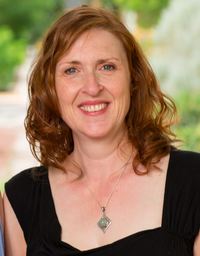
Author:
This episode of Pregnancy Birth & Beyond is produced and hosted by: Lara Martin.
Still, birth photography lacks general acceptance and understanding. Rhiannon hired a photographer for her second birth earlier this year, but her grandparents questioned her choice. "Of course I'll have a photographer there." she told them. For Rhiannon, the bringing in of new life is "better than any wedding day".
Rhiannon discovered birth photography after the premature birth, and subsequent passing, of her firstborn nearly five years ago. In the haze and shock of the experience, the hospital offered her access to a birth photographer for free to document her and her husband's final hours with their baby. She admits she would never have thought to ask for this, and is so glad she was offered the services of Heartfelt - a volunteer organisation of photographers. "Without the photos, I would have forgotten so much about our first baby."
So for her second birth, Rhiannon was clear she wanted a photographer present - "so many details you forget, or don't see", and this birth was to be a rarely-offered procedure known as a maternal-assisted c/section. Rhiannon herself would be able to lift her baby out of her belly with her own hands and she wanted to capture everything.
"Every detail of your child's birth is so important." says Rhiannon. In our podcast "Capturing the Moment" Rhiannon refers to one photo in particular of a nurse in the theatre looking at Rhiannon with tears in her eyes, as she looks at her baby for the first time.
Scholars of birth, such as Dr Sarah Buckley, say that a woman needs to feel "private, safe and unobserved" to give birth efficiently, as well as bond and establish breastfeeding. "Your birth photographer needs experience in being in a birth space. They must be quiet and respectful at all times." says Alex.
Birth photographers tend to already be working in the field, which gives them this understanding. Alex Warland is a breastfeeding counsellor and Rana Rankin, who took Rhiannon's photos is a midwife.
It's a profession that also calls for a special dedication, with birth often happening at inconvenient times. "It's like being a doula or a midwife" says Alex. "You've got to be on call and ready to drop your kids with friends or family at any time."
Tips for hiring a birth photographer
- A directory of birth photographers can be found at: http://birthphotographers.com/ and at: www.aipp.com.au/.
- Check out the photographer's website and get a feel for if they are passionate and educated on birth. It’s very important they have experience specific to birth, as it requires a very unique set of skills and a certain amount of dedication to photographing birth. If possible, speak with some women who have engaged the photographer before.
- As with all other choices you'll make in your birth, your partner also needs to be on-board with having a photographer present. Give yourself and your partner time to discuss all possible concerns or questions together well before the birth.
- When you meet, make sure you feel good with them. You are inviting them into a very personal sacred space so you need to feel comfortable with the person you choose.
- Give clear guidelines for what you want photographed, and what you don't. Some women are happen for everything to be photographed, and others want discreet shots only. Consider showing your photographer the kinds of pictures you like.
- Check they have a backup photographer they work with who is also experienced, in case they can't make it.
- Birth photographers need top of the range equipment, as birth can happen in virtual darkness and they need to be able to work with that.
- Ask if they have liability insurance.
- How much they change can be a good indication of how good they are and how seriously they take birth. Generally you shouldn't be paying any less than $800 with the amount of work that goes in, and even that is very cheap. Good photographers will charge between $1000 and $3000.
- Remember there is much more work going into birth photography than wedding photography, being on call for 5 weeks, missing kids events/ birthdays, going to events in separate cars, on-call babysitters, lengthy times at the labour. As with everything, you will get what you pay for. This is a lifetime investment and you may need to plan ahead and save accordingly.
For more inspiration from professionally taken birth images, check out this compilation of "a birth photographers' why".
|
Our guest is Milli Hill, founder of the Positve Birth Movement, Milli set up the Positive Birth Movement from her living room in 2012, motivated by both her own birth experiences, and her growing frustration whenever she heard the words, "They didn't let me" in a birth story. She has since gone on to become a well recognised voice for women in the birth world, writing extensively in the mainstream press (BestDaily, Telegraph, Guardian) and apearing at various confrences and talks. She has three small children and lives in Somerset.
|
|
The positive birth movement is a grass roots movement, spreading positivity about childbirth via a global network of free Positive Birth groups, linked up by social media.
What began in 2012 as one small meeting in the living room of writer and campaigner Milli Hill, is now a global network of over 450 'real life' groups, with a massive social media presence too. And they just keep on growing. They think this is because they break down the walls that the so-called 'birth wars' try to build between women. They don't hold any one kind of birth up above another. They are just concerned with every woman getting the best possible birth experience, for her, on that day. |
|
About the positive Birth Movement -
The positive birth movement are a grass roots movement, spreading positivity about childbirth via a global network of free Positive Birth groups, linked up by social media. What began in 2012 as one small meeting in the living room of writer and campaigner Milli Hill, is now a global network of over 300 'real life' groups, with a massive social media presence too. And they just keep on growing. They think this is because they break down the walls that the so-called 'birth wars' try to build between women. They don't hold any one kind of birth up above another. They are just concerned with every woman getting the best possible birth experience, for her, on that day. |
Milli Hill is the Founder and Director of the positive birth movement.
Milli set up the Positive Birth Movement in 2013 and has since run it from her laptop whilst her three small children sit on her arms. She is passionate about positive birth as a human right for all women and campaigns and speaks on this issue in the media and at high profile conferences and events. She is a Columnist for Telegraph Women and the author of The Positive Birth Book. Milli lives in Somerset and is happy to be contacted on 077 391 391 15 or via [email protected].
About The Positive Birth Book:
Work out what kind of birth you really want, and learn how to maximise your chances of getting it, in this refreshing, warm and witty guide to pregnancy, birth and the early weeks. Packed with vital and cutting-edge information on everything from building the ultimate birth plan, to your choices and rights in the birth room; from optimal cord clamping, to seeding the microbiome; from the inside track on breastfeeding, to woman-centred caesarean, The Positive Birth Book shows you how to have the best possible birth, regardless of whether you plan to have your baby in hospital, in the birth centre, at home or by elective caesarean. Find out how the environment you give birth in, your mindset and your expectations can influence the kind of birth you have, and be inspired by the voices of real women, who tell you the truth about what giving birth really feels like.
www.positivebirthmovement.org
Copyright
PBB Media
Producer/Host: Annalee Atia
Interviewee: Milli Hill
Music on this podcast: Deva Premal and Miten, 'Ida Were Were' (African folk song)
Ever feel like this little red fish?
Eventually though our discomfort with the status quo means we can't just rejoin the stream. We feel a growing need to stop, reassess and swim the other way. But how do we find the energy, the strength, the bravery, even to put aside everyone's opinions and actually STEP UP and STEP OUT into that truth? And more than that, how do we sustain that effort over years?
At Pregnancy Birth and Beyond Media our aim is to inform families and their communities about their choices in parenting, health care, education and more, so we can make choices that are not only informed, but choices we ourselves can live with. However, when we have decisions foisted on us without the opportunity to get informed and have discussions, we are left with questions that can be very hard to live with. All too often this happens to families, particularly in the field of health care where they may be lacking the safest form of care for decision making, continuity of care. Too much health care is delivered in a fragmented way, even though international health safety research has found fragmented care leads to poorer outcomes and higher costs. So, seeking continuity of care and building a relationship of 'partnering' with your carer is one of our big themes. We are also keen to inform because it takes on over 17 years for scientific discoveries to make their way to clinical practice - even more reason to seek a partnership (rather than subservient role) with your health care provider.
Getting informed is just a part of the puzzle though. We also need to be inspired to act. Like that little red fish in the picture, what will it take for that fish to actually head off in the other direction? This is where the stories we publish come in. Stories help the listener see how they can implement information into their own lives because they get to hear how someone else did it. This brings the information from the realm of theory to practicality.
- Zenith Virago Founder of the Natural Death Centre
- Luka Lesson (by video) Australian slam poetry champion
- Dr Robyn Thompson, Midwife and breastfeeding researcher
- Joel Orchard, Farmer and founder of Future Feeders
When we make positive change in our lives, we set the example for our children to do the same, without question or delay. They'll be so much more inclined to just step into their truth without needing cajoling or coaxing - or events like this :)
Now, more than ever, our world needs everyone swimming in their right direction.
This little clip below gives you more of a feel for the event....
In our latest podcast, we hear from Nicqui Yazdi, founder of the Byron Schoolies Hub and long-time advocate of young people. Nicqui shares her journey of transition to becoming a volunteer and supporter of local and visiting youth, initiated mainly by a massive personal crisis. Nicqui's tips for taking that first step for change? "Feel the fear and do it anyway" she says, and "everyone has something to give", so consider volunteering, which Nicqui feels has repaid her more than she has ever given. Even when life feels really hard "volunteering is so good for your mental health".
- Sally Cusack
Fertility challenges dance with gay abandon on the entire concept of discrimination.
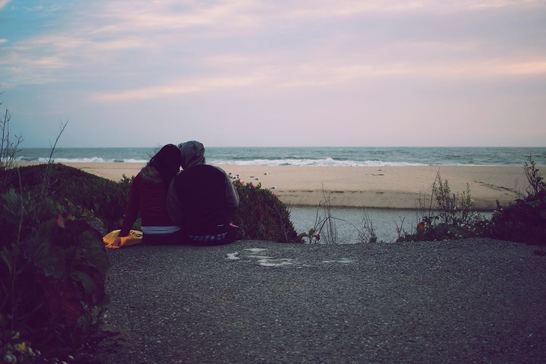
Ph Fertility challenges tip the axis of a woman’s world, opens it’s gaping jaws and engulfs not just the woman, but the contents of her entire life down it’s gullet.
Like any life stressor, relationships stretch and strain under adversity, and when a couple struggle to have a baby, this is a significant life stressor. But there are key factors relevant to fertility challenges alone. For instance, infertility, miscarriage and simply not falling pregnant can bring an insurmountable grief into a woman’s life. Normally grief is about the past - the loss of a previous pregnancy, for example, but fertility grief has often been called disenfranchised grief, because it can be future tense and also goes unacknowledged. Then there is the time travelling, as every moment of a woman’s day becomes consumed with the past and the future – grieving what was and yearning for what could be. All this adds up to is a heck of a lot of muddy footprints marking a woman’s relationship.
Meet Steve and May, who have been trying to fall pregnant for 8 months. They are having an evening meal and were just chatting about their day. Suddenly May ponders aloud, “What would our lives have been like if we were parents today, do you think?” Steve wonders, chewing his steak but before he’s taken another mouthful May has slid into the past, “How did we not fall pregnant this month?” Steve doesn’t have time to answer as May sidesteps, slipping deftly into the future, “Lets eat better next month, lets start a cleanse.” She suggests.
Steve just wants to eat his steak but he nods at his wife trying to keep up. He’s not got jetlag for a trip he didn’t need to leave the table for.
Sharon Covington, Assistant Clinical Professor at the Georgetown University School of Medicine, is director of psychological support at Shady Grove Fertility and is an active professional member of Resolve, the National Infertility Association in the United States. She has noticed key differences in men and women’s coping mechanisms and is passionate about bringing fertility and relationships out of darkness of shame and into the bright sunlight.
She also has some great tips for couples:
- Plan playtime - take time off by consciously making time for each other.
- Have regular dates – make them fun and light
- Nurture each other - do something kind for one another you know they’ll get a kick out of
- Separate baby-making from love-making. Including intimacy that may not involve penetration, and at non fertile times.
- Build a support system- your partner can’t shoulder the entire load.
- Encourage friendships for yourself, your spouse, and as a couple.
- Identify individual coping styles under stress. Know your own and your partner's styles for dealing with stress.
- Allow breathing room in your relationship – they are fluid and in a constant state of change. This could mean giving each other some space occasionally
- Communicate the positives.
- Limit baby talk to designated periods
- Keep a sense of humour. No matter how tough things get, being able to find something humorous about the situation – black humour can actually keep you going.
Photo credit: Farica Yang on Unsplash
Is all this contact with others actually causing a disruption to the process of transitioning to life outside the womb?
In our podcast "Help me keep close to my baby", we hear from midwife and leading breastfeeding researcher Dr Robyn Thompson who thinks so. Minimal handling of the baby from anyone other than the parents has been found to make learning breastfeeding (by mother and baby) easier and prevents complications like engorgement, mastitis and nipple damage.
Extended family can support this vital early period, by offering help to keep the parents with their baby, eg by making meals, walking the do and caring for older children. Some mothers may want you to take the baby for a while, so she can shower, or rest. Others may not. This preference and its timing is highly individual between parents.
In this podcast we also hear from a mother of her experience of knowing instinctively the importance of keeping life very simple and cocooned in the first 6-8 weeks of her babies' lives. Sometimes people didn't understand their seclusion, but she believed it to be the safest option for her baby, and the best way for her to recover and adjust.
Separation of parents and their babies is only done by humans. Even zookeepers know to stay away from new mothers in their care. This documentary by a neonatologist shows how his care of premature or unwell babies has changed over the decades - from having lots of gadgets and separation, to kangaroo care and keeping parents and babies together.
Dr Robyn Thompson - http://www.breastfeedingconsultant.com/single-post/2017/09/02/The-First-Breastfeed
The Birth Pause
Dr Nils Bergman
Sarah Blaffer Hrdy, Mother Nature (1999) Babies Celebrated: “ For species such as primates, the mother IS the environment.”
Microbirth Movie
By Sally Cusack
NE PLUS ULTRA
Meaning... the perfect or most extreme example of its kind; the ultimate. Or at least, that is what we aim for. This here is our news segment of the website. Check back in every now & then for a read of what we find as the ultimate and most relevant news in Pregnancy, Birth & Beyond.
Authors
The authors of this segment are varied, each post will indicate the author of that particular post. For more information about our team, visit here
Archives
February 2019
January 2019
December 2018
October 2018
September 2018
August 2018
June 2018
May 2018
April 2018
March 2018
February 2018
December 2017
November 2017
October 2017
September 2017
August 2017
July 2017
June 2017
May 2017
April 2017
March 2017
February 2017
January 2017
December 2016
October 2016
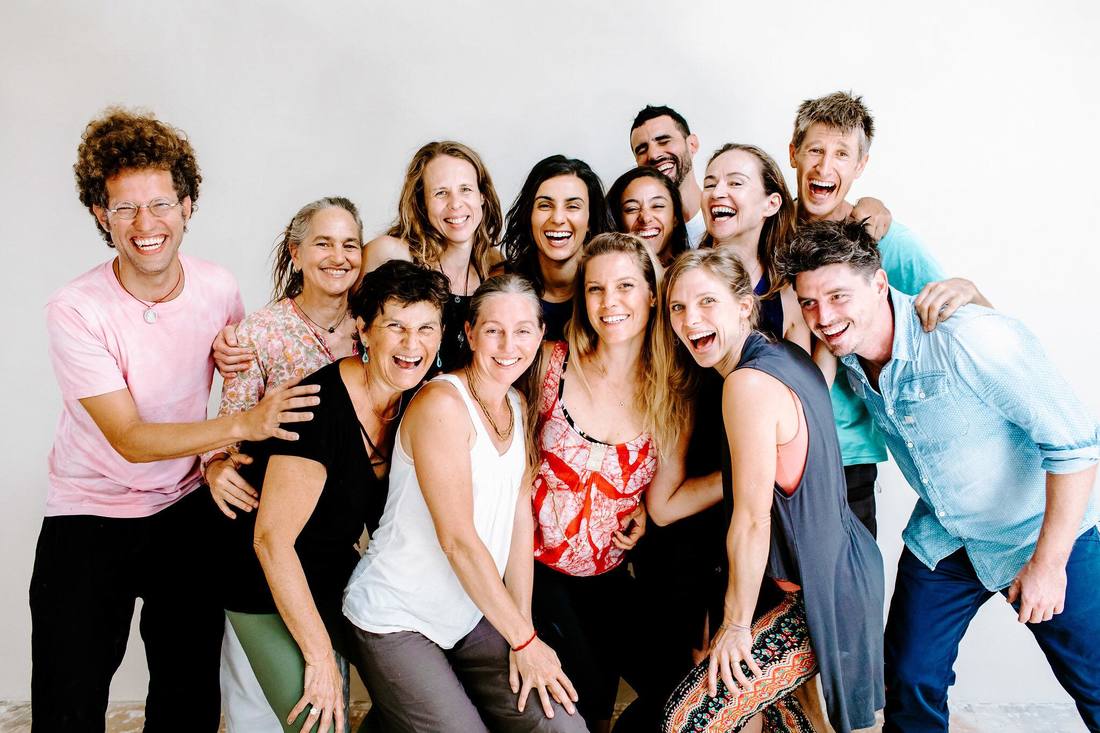
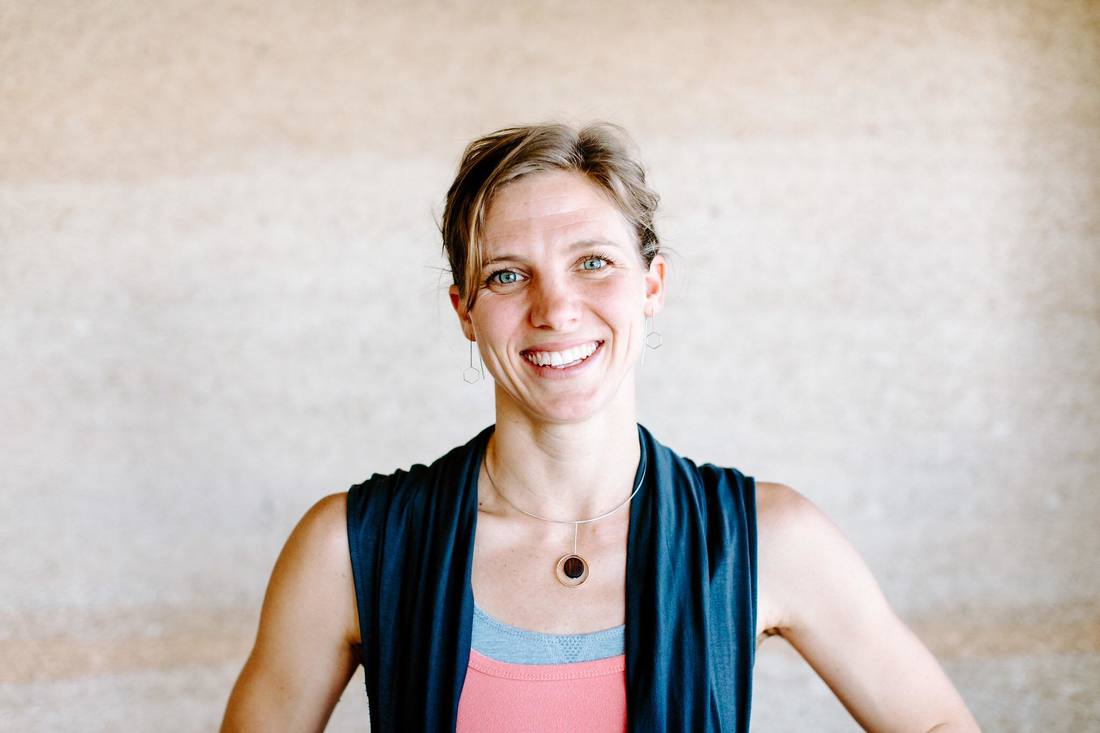
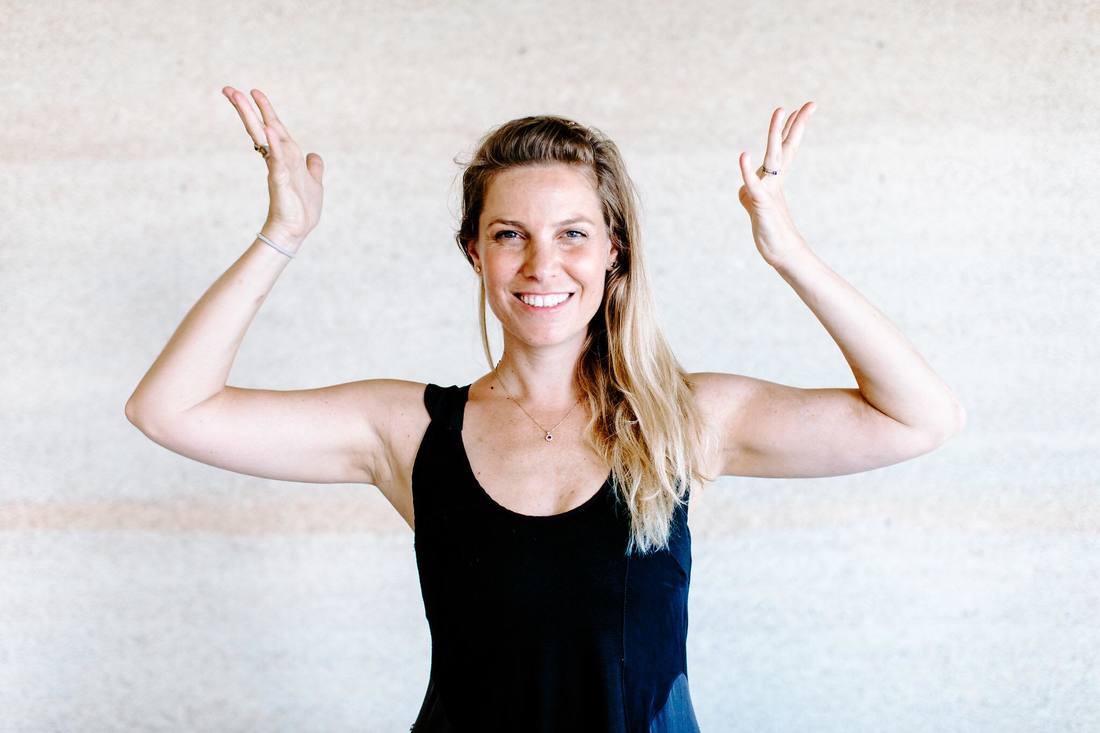

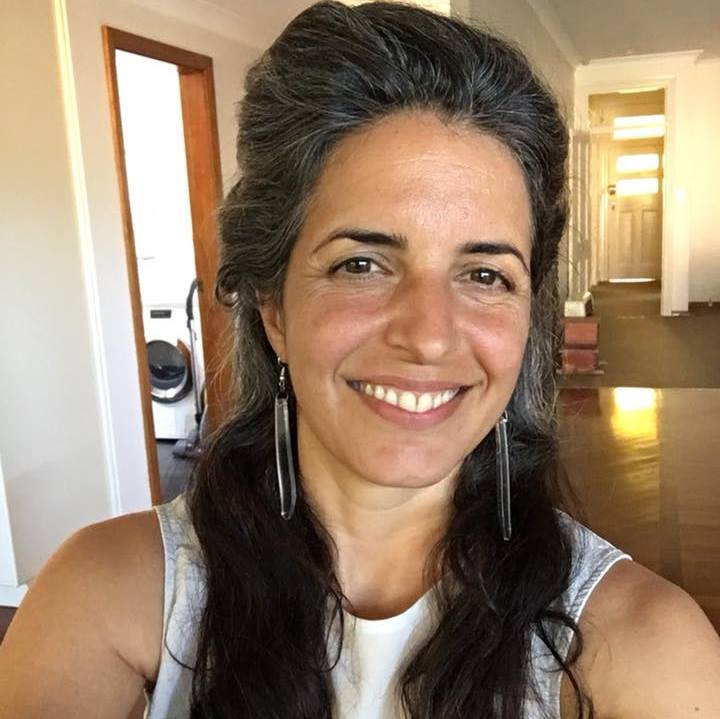
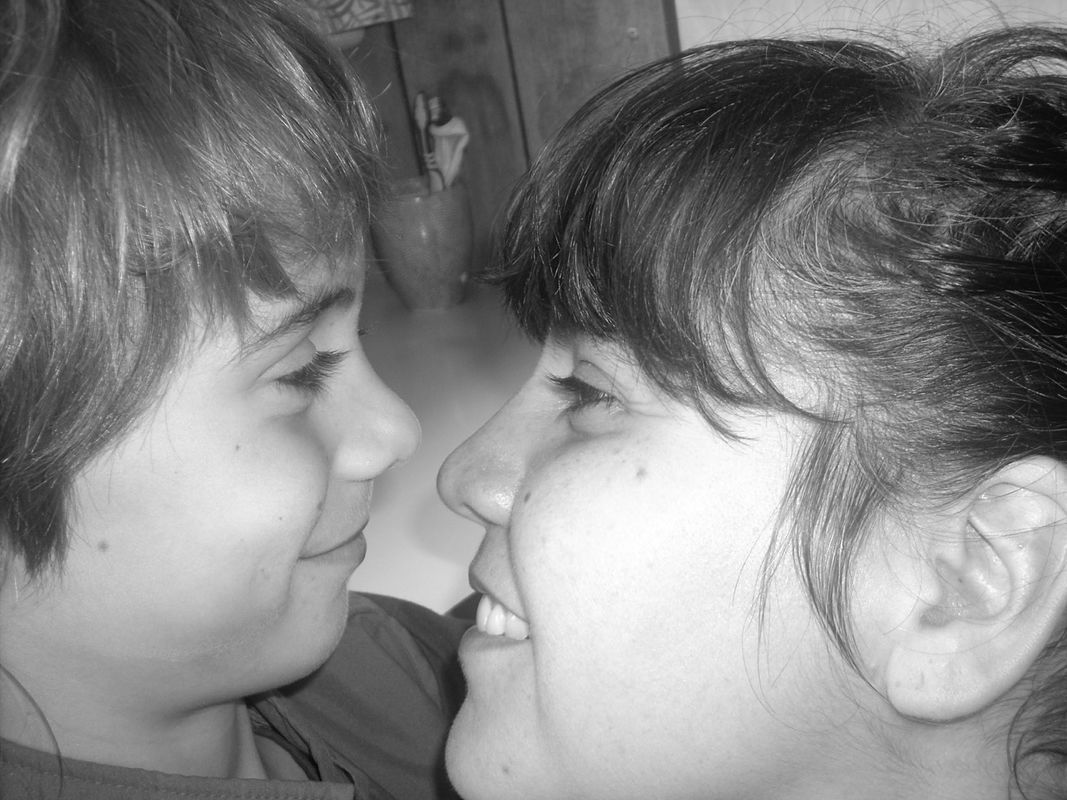
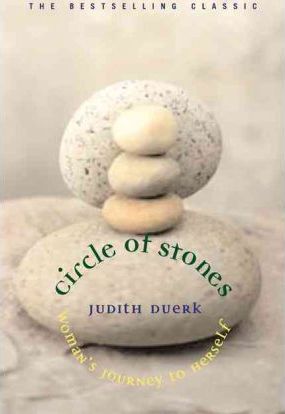
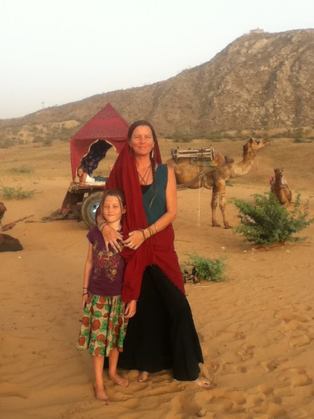
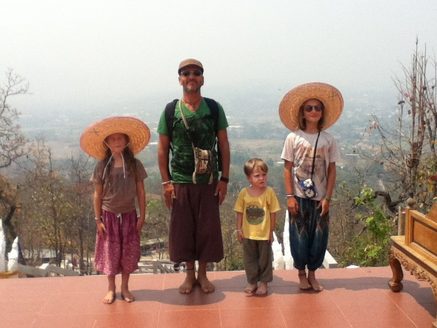
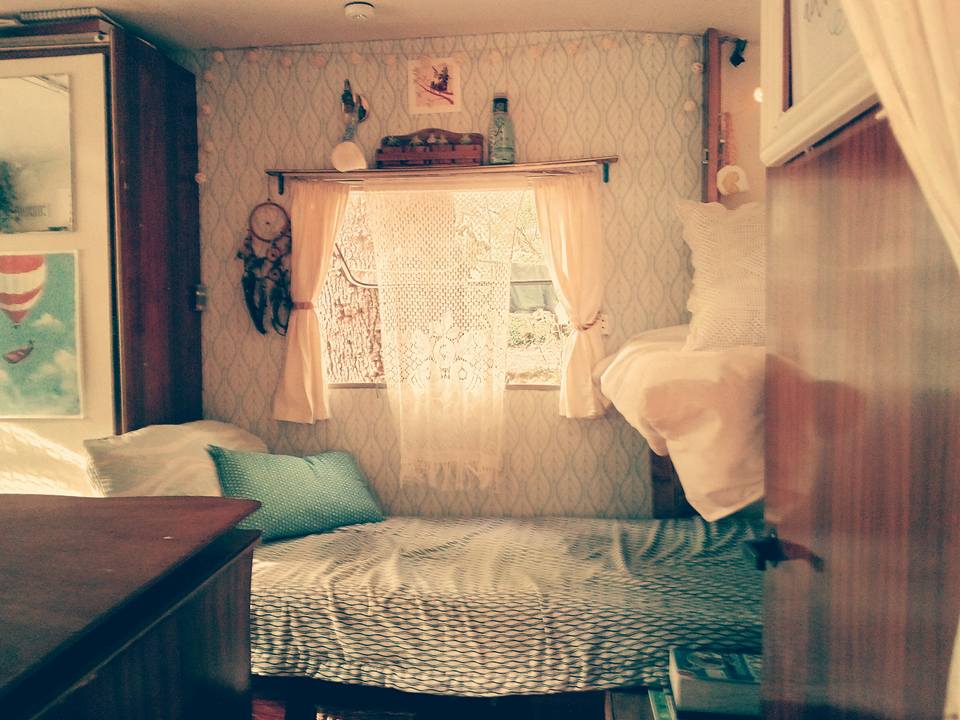
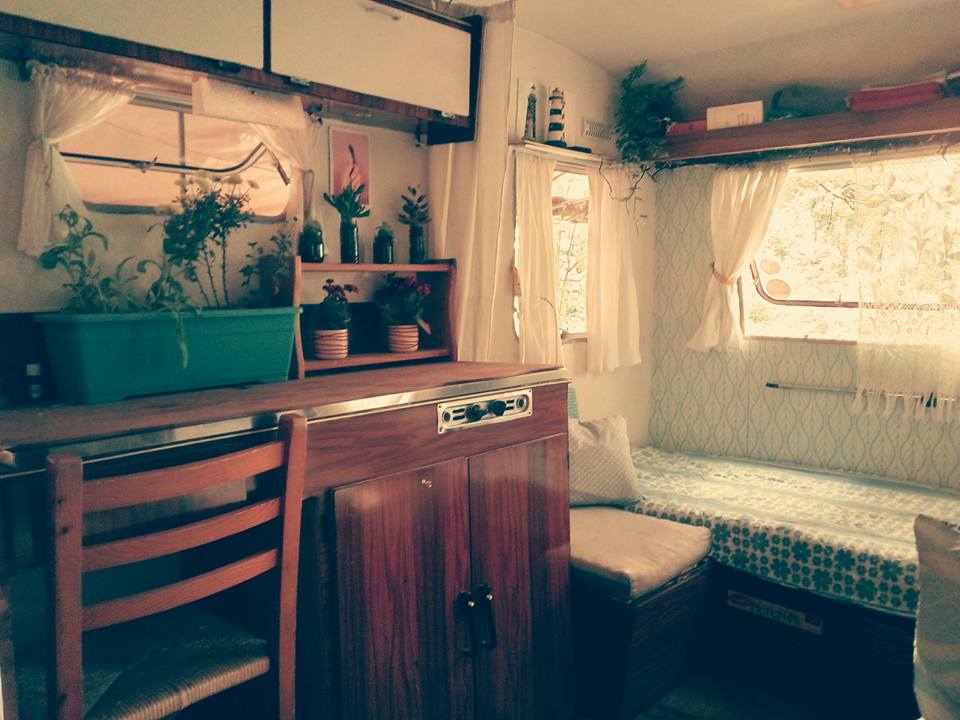
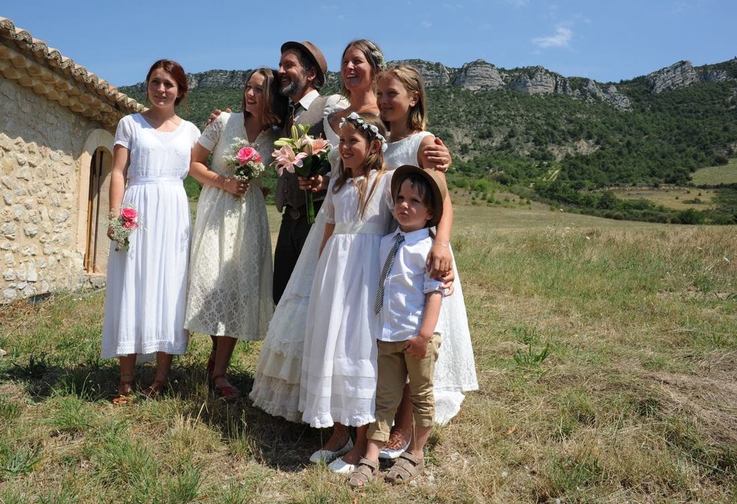
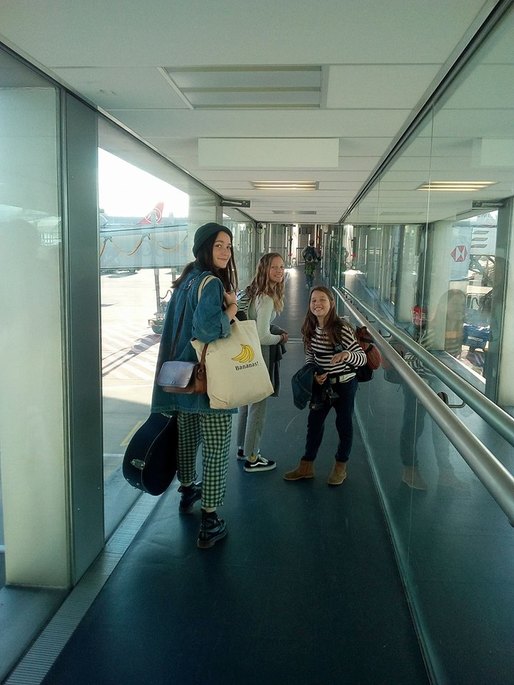
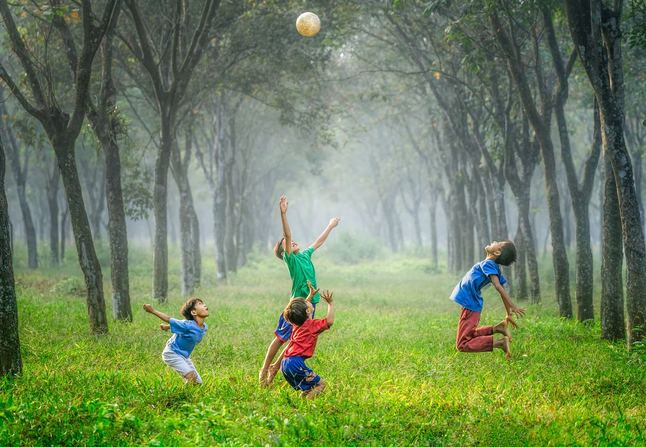
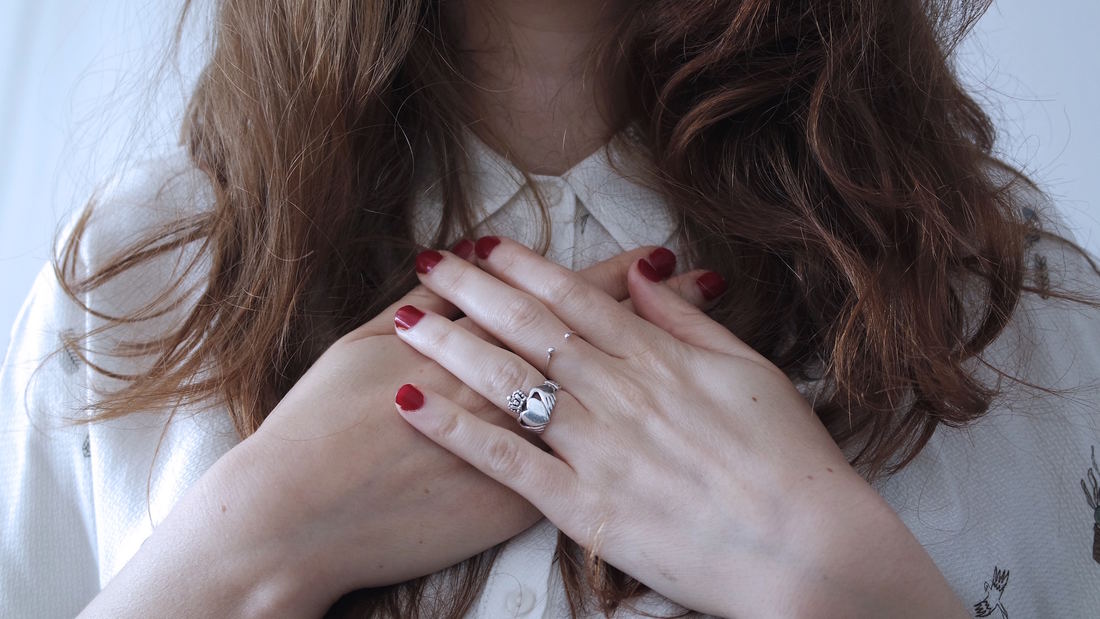
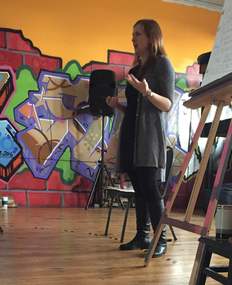
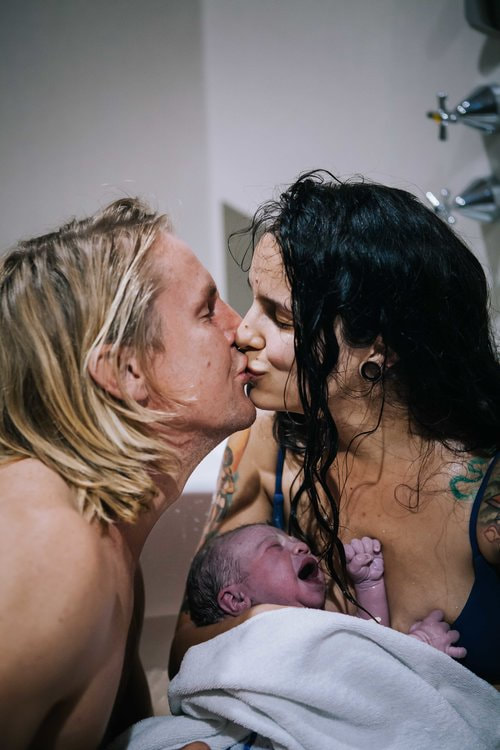
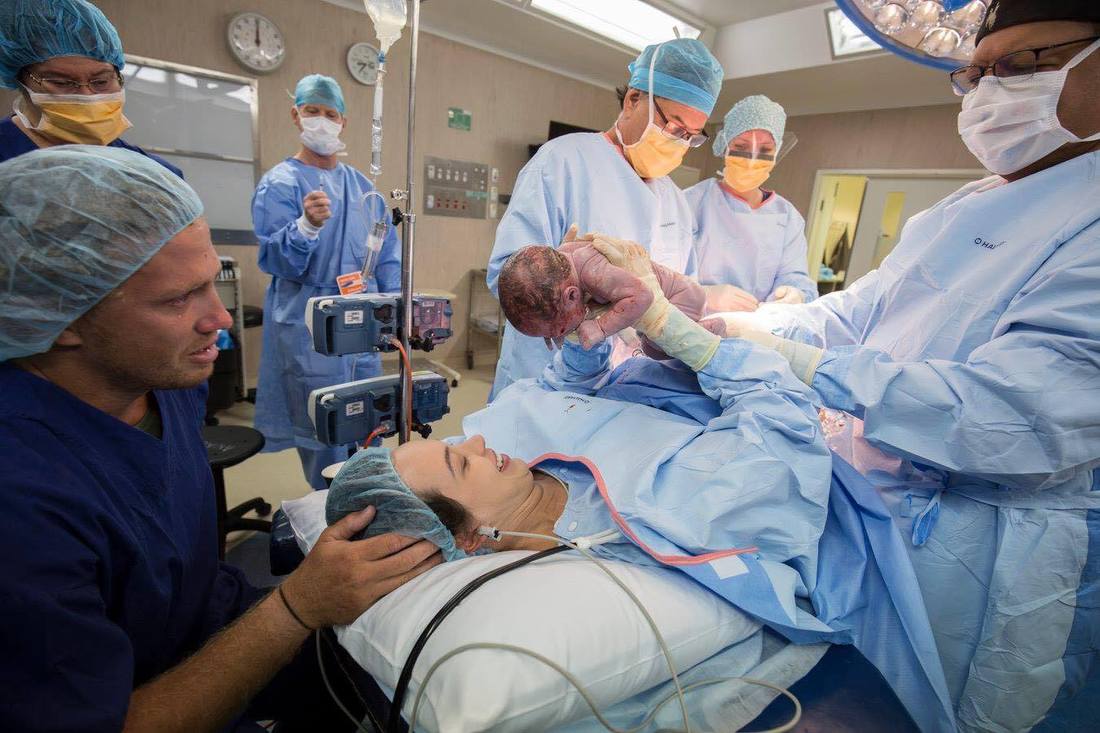
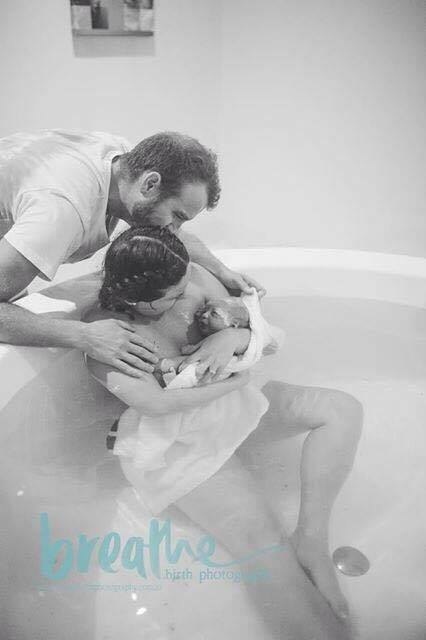
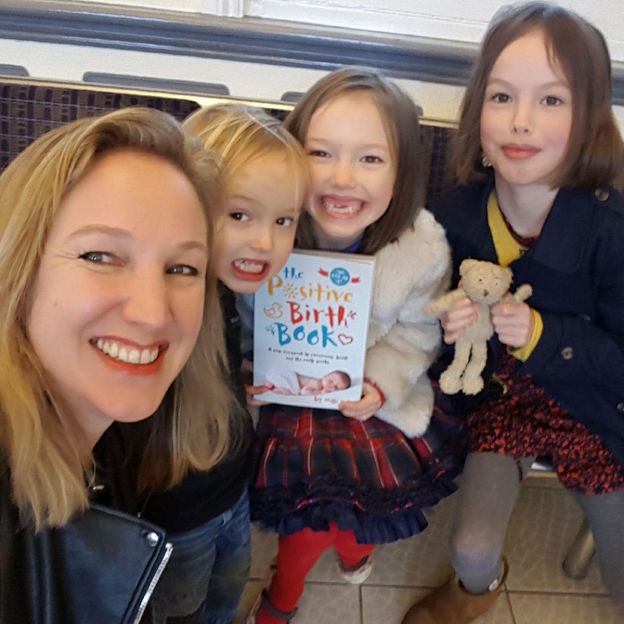
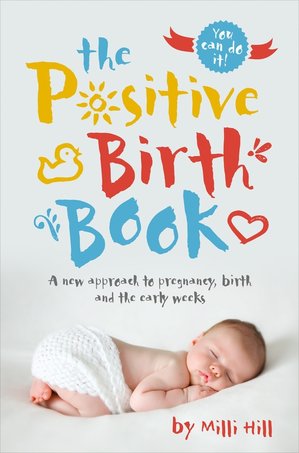
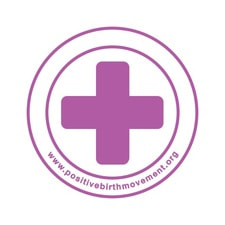
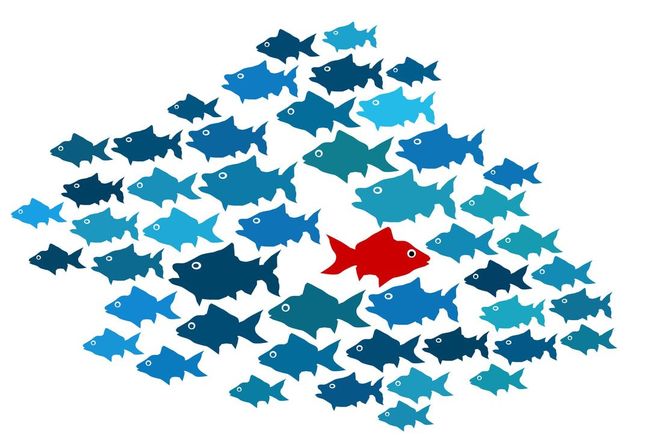
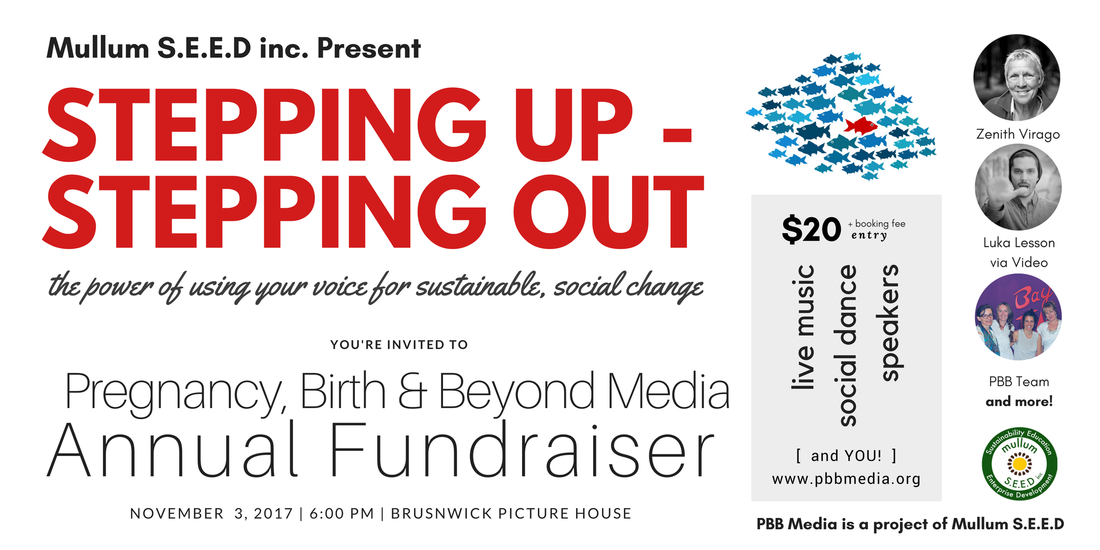
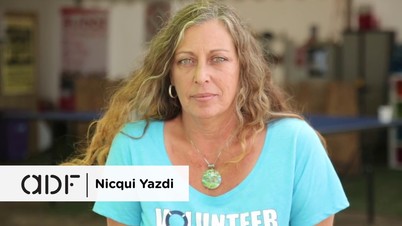
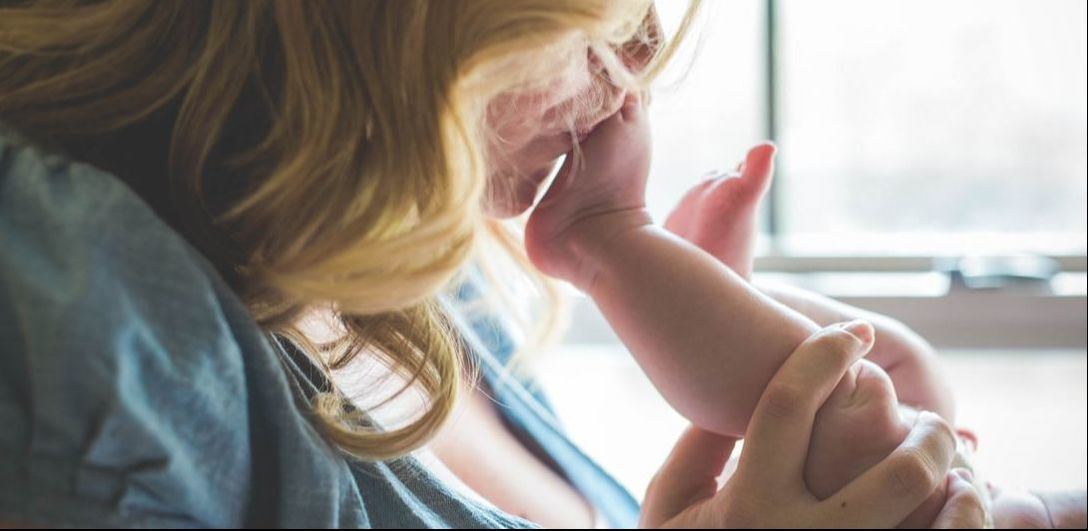
 RSS Feed
RSS Feed